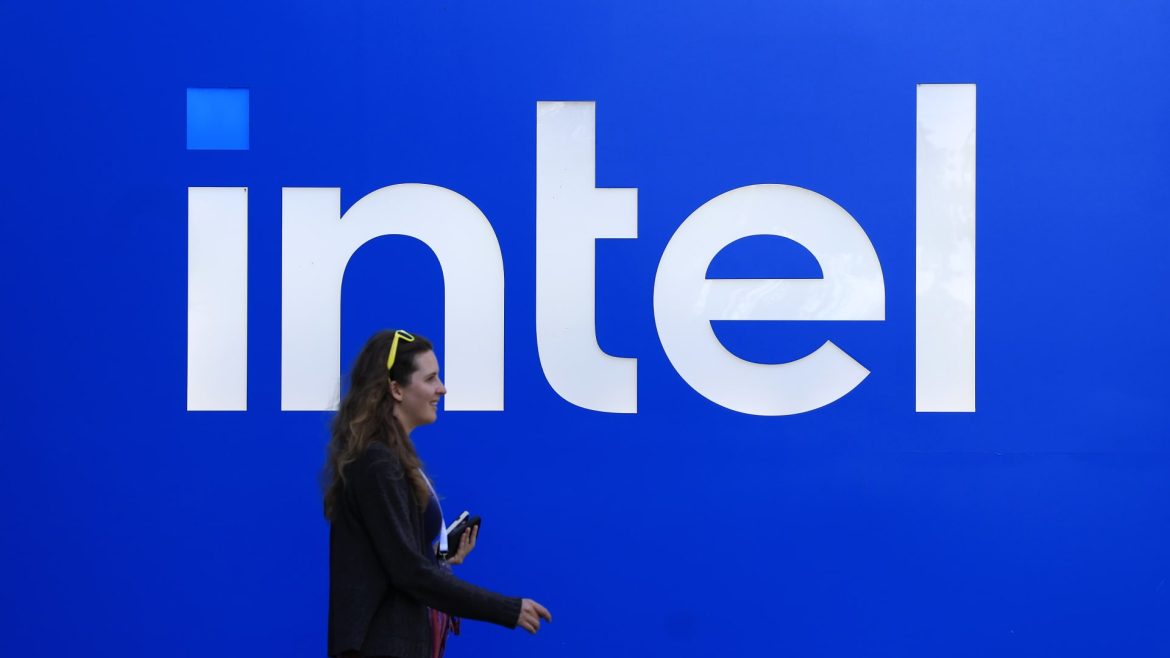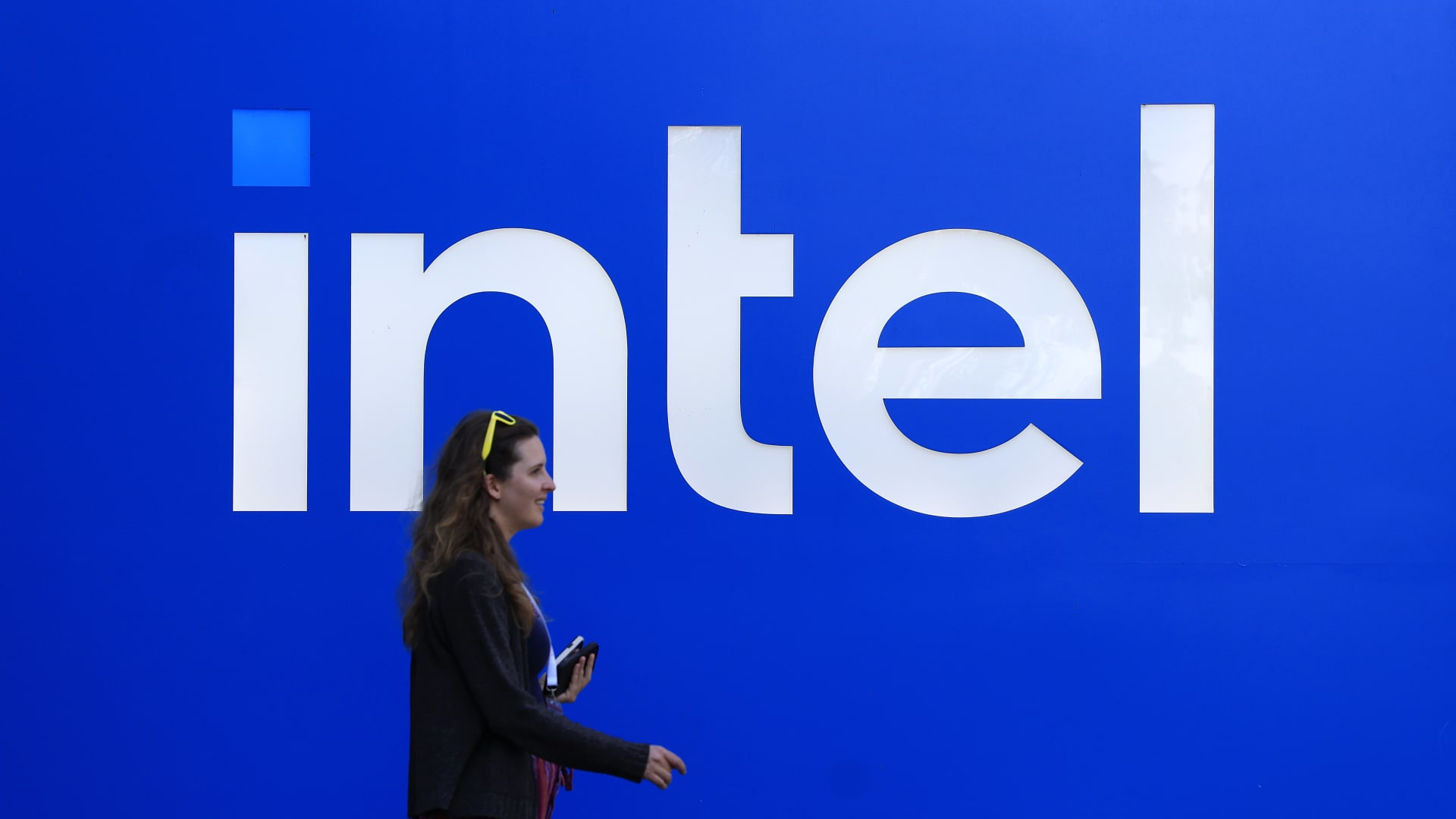The After-Hours Stock Surge: A Comprehensive Analysis of Intel, Deckers, and Boston Beer
Introduction: The Significance of After-Hours Trading
After-hours trading, the period of stock market activity that occurs outside regular trading hours, serves as a critical barometer for investor sentiment. This extended trading session allows market participants to react immediately to corporate earnings reports, strategic announcements, and other significant news. Recent after-hours activity has highlighted notable movements in the stocks of Intel (INTC), Deckers Brands (DECK), and Boston Beer Company (SAM), providing valuable insights into the market’s immediate reaction to these companies’ developments.
Intel (INTC): A Tech Giant’s Struggle for Relevance
Intel, a longstanding leader in the semiconductor industry, has faced intense scrutiny as it attempts to reclaim its position in a rapidly evolving technological landscape. The company’s recent after-hours trading activity revealed a subdued reaction to its earnings report, with shares remaining relatively flat despite results that slightly exceeded expectations. This muted response underscores the complex investor sentiment surrounding Intel, reflecting both cautious optimism and lingering concerns about the company’s future trajectory.
Earnings Performance and Market Expectations
Intel’s earnings report, which surpassed analyst projections, offered a glimmer of hope for investors. The company’s ability to exceed expectations, even marginally, can be attributed to several factors, including increased demand in specific sectors and the initial impact of strategic initiatives. However, the market’s subdued reaction suggests that investors are adopting a “wait-and-see” approach, awaiting further evidence of Intel’s ability to sustain this momentum.
Strategic Restructuring and Efficiency Measures
In response to the challenges it faces, Intel’s management has announced a series of actions aimed at driving improved execution and efficiency. These strategic measures include streamlining operations, optimizing resource allocation, and focusing on core competencies. Notably, Intel is considering a potential workforce reduction of up to 15% of its employees, a move designed to free up resources for strategic investments in advanced manufacturing and cutting-edge research and development.
Investor Sentiment and Future Outlook
The market’s subdued response to Intel’s earnings and restructuring plan indicates that investors are cautious about the company’s long-term prospects. While the better-than-expected earnings offer a positive sign, the semiconductor industry’s complexities and Intel’s significant challenges create an environment of uncertainty. The planned workforce reduction, while potentially beneficial in the long run, raises concerns about morale and the company’s ability to retain top talent.
Intel’s future hinges on its ability to successfully execute its turnaround strategy, accelerate technological innovation, and adapt to the evolving demands of the semiconductor market. The company’s investments in new manufacturing processes, such as its IDM 2.0 strategy, are crucial for regaining its competitive edge. However, the semiconductor industry is highly competitive, and Intel faces significant challenges from rivals like AMD and TSMC.
Deckers Brands (DECK): Capitalizing on the Success of Hoka and UGG
Deckers Brands, the parent company of popular footwear brands like Hoka and UGG, has experienced significant after-hours gains, with shares rising by as much as 12%. This surge is directly attributable to the company’s strong financial performance, driven by robust sales growth in its key brands.
Exceptional Earnings Report and Market Reaction
Deckers reported fiscal first-quarter earnings of $4.52 per share on revenue of $825 million, surpassing analysts’ expectations of $3.48 per share on revenue of $808 million. This exceptional performance highlights the company’s ability to connect with consumers and capitalize on current market trends. The market’s positive reaction to Deckers’ earnings reflects confidence in the company’s ability to sustain its growth momentum.
The Rise of Hoka and the Enduring Appeal of UGG
The Hoka brand has been a significant growth driver for Deckers, experiencing a surge in popularity among runners and fitness enthusiasts. Hoka’s success can be attributed to its focus on comfort, performance, and distinctive design. The brand’s innovative footwear technology and strategic marketing initiatives have resonated with a broad audience, contributing to its impressive sales growth.
Similarly, the UGG brand, known for its iconic sheepskin boots, continues to maintain its appeal despite evolving fashion trends. UGG has successfully diversified its product line, offering a range of footwear, apparel, and accessories that cater to different consumer preferences. The brand’s ability to adapt to changing market dynamics while preserving its core identity has been crucial to its sustained success.
Future Growth Prospects
Deckers’ future success depends on its ability to continue innovating and expanding its product offerings, strengthening its brand equity, and effectively managing its supply chain. The company’s focus on direct-to-consumer sales channels and strategic partnerships will also play a crucial role in driving future growth. By leveraging the strengths of its key brands and capitalizing on emerging trends, Deckers is well-positioned to maintain its momentum in the competitive footwear market.
Boston Beer Company (SAM): Navigating the Challenges of the Beverage Industry
Boston Beer Company, the maker of Samuel Adams beer and other popular beverages, has also seen after-hours activity following its earnings release. However, the drivers behind its stock movement are often more complex and reflect the challenges of navigating a highly competitive and evolving beverage market.
Market Dynamics and Competitive Pressures
The alcoholic beverage industry is characterized by intense competition, changing consumer preferences, and the emergence of new product categories. Boston Beer Company faces competition from both large multinational corporations and smaller craft breweries, requiring it to constantly innovate and adapt to changing market trends.
Brand Diversification and Strategic Initiatives
Boston Beer Company has diversified its product portfolio beyond its flagship Samuel Adams brand, venturing into categories such as hard seltzers, hard teas, and ciders. This diversification strategy is aimed at capturing a wider range of consumers and mitigating the risks associated with relying on a single brand. Additionally, the company has invested in marketing, distribution, and research and development to strengthen its brand positioning and drive future growth.
Challenges and Opportunities
Boston Beer Company faces challenges such as rising input costs, supply chain disruptions, and the increasing popularity of alternative beverages. However, the company also has opportunities to expand its market share, leverage its distribution network, and capitalize on emerging trends such as the growing demand for non-alcoholic beverages. By effectively managing its costs, innovating its product offerings, and strengthening its brand positioning, Boston Beer Company can navigate the complexities of the beverage market and achieve long-term success.
Decoding After-Hours Movers: A Concluding Perspective
The after-hours market provides valuable insights into the immediate investor reaction to corporate news and earnings releases. In the case of Intel, Deckers Brands, and Boston Beer Company, the after-hours movements reflect a complex interplay of factors, including earnings performance, strategic initiatives, and broader market trends. While after-hours trading can be volatile and should not be the sole basis for investment decisions, it offers a crucial glimpse into the market’s short-term sentiment and potential future direction of these companies.
Ultimately, a comprehensive analysis that considers both quantitative data and qualitative factors is essential for making informed investment decisions. By understanding the underlying drivers of after-hours stock movements, investors can gain a deeper appreciation of the market’s dynamics and the potential opportunities and risks associated with these companies. As the market continues to evolve, staying informed and adaptable will be key to navigating the complexities of the investment landscape.





